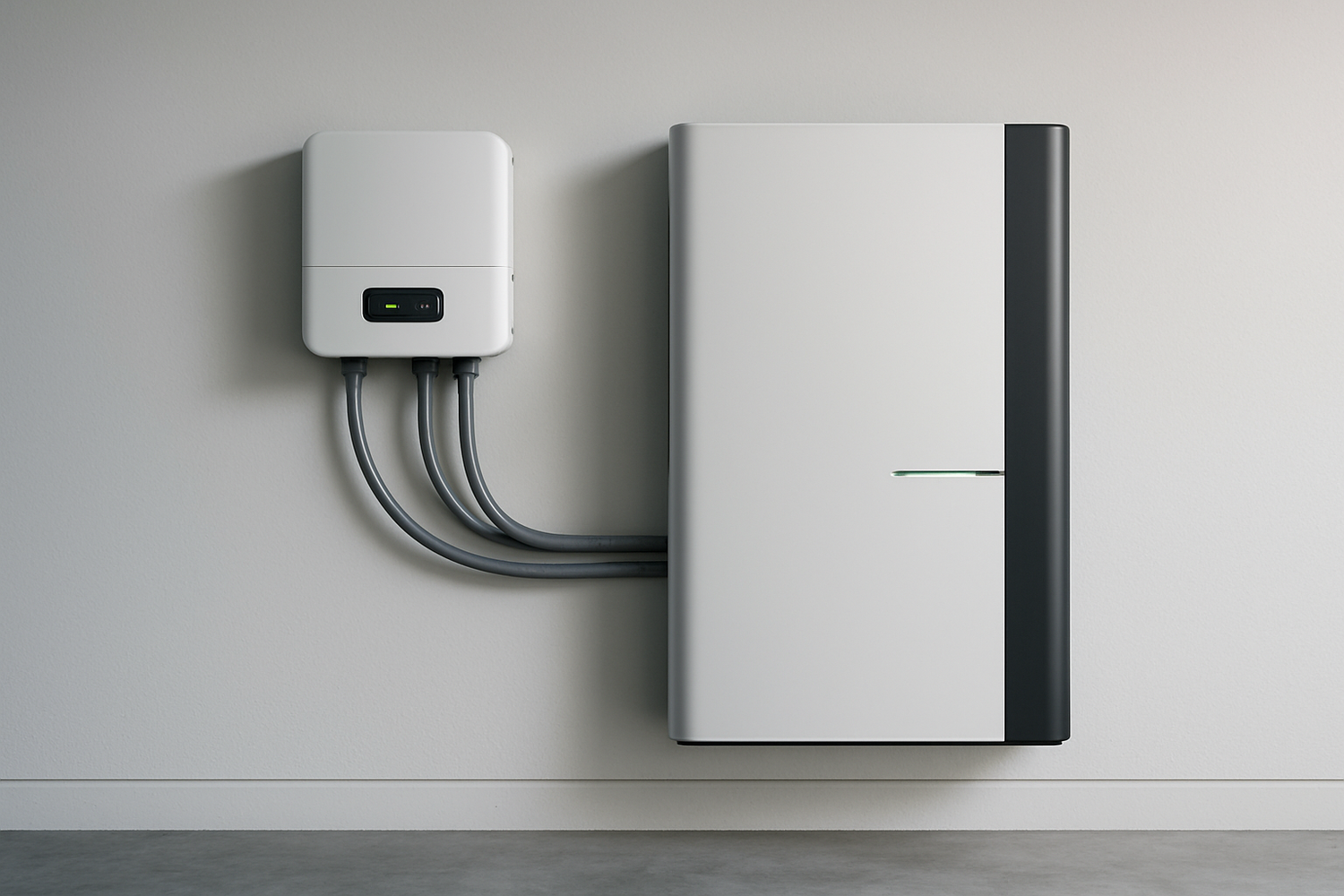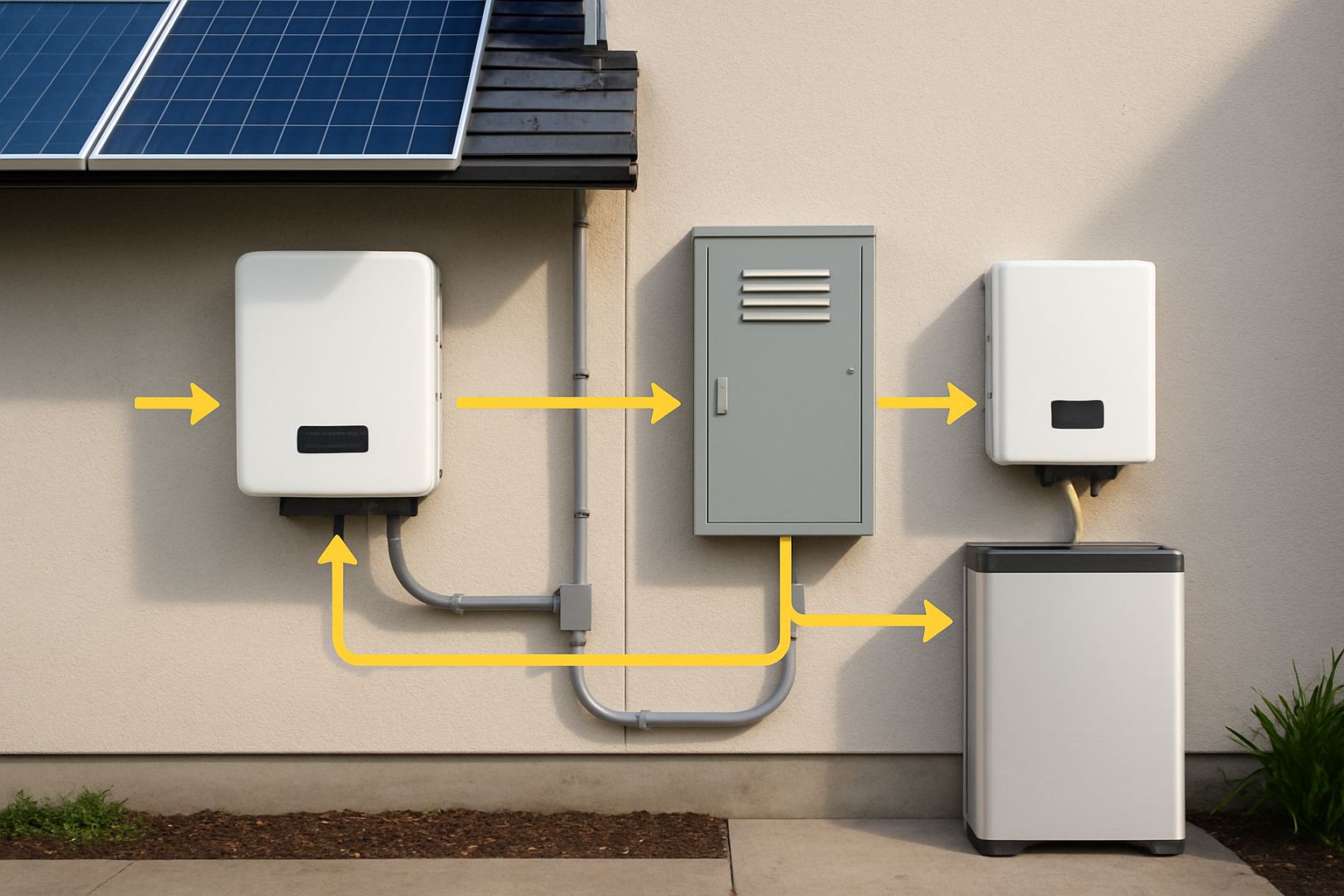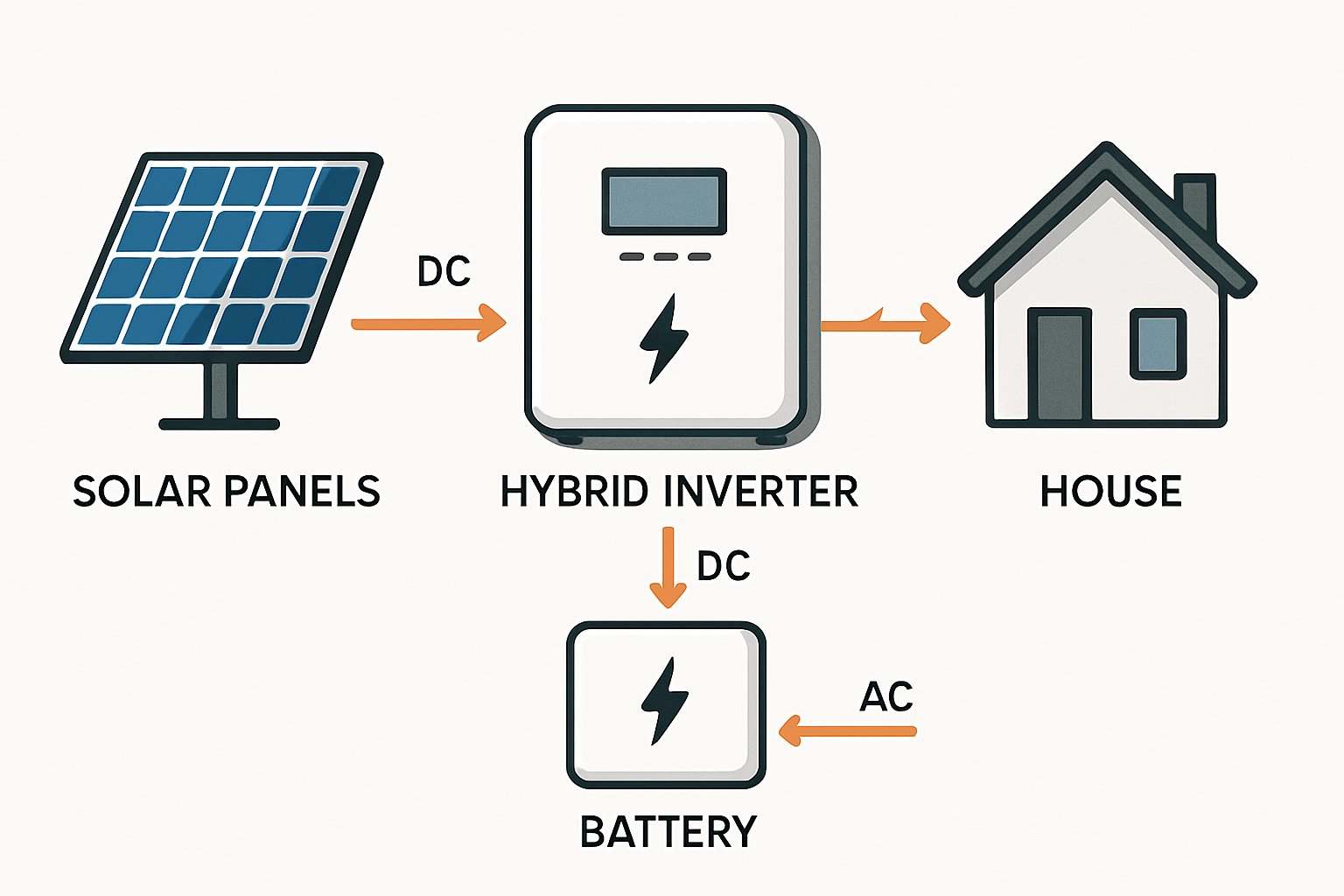Home energy storage is rapidly shifting from a niche technology to a mainstream solution for homeowners seeking energy independence and lower electricity bills. As interest grows, so does the amount of misinformation. Sorting fact from fiction is key to making a confident decision. This article cuts through the noise to address seven common myths about home battery storage systems.
Myth 1: Home Batteries Are Too Expensive and Offer No Real Return on Investment
The idea that home batteries are a luxury without a tangible financial benefit is one of the most persistent myths. While the initial investment is significant, the economic landscape has changed dramatically.
The Evolving Cost of Battery Technology
Battery costs have fallen by over 90% in less than 15 years, representing one of the fastest price drops among clean energy technologies. A report from the International Energy Agency (IEA) highlights that this trend is making battery storage increasingly competitive. Further analysis suggests that the total capital costs for battery storage could fall by an additional 40% by 2030, accelerating the shift to renewable energy.
Calculating the True Value
A battery's return on investment goes beyond a simple payback calculation. Homeowners can leverage their stored energy to avoid purchasing expensive electricity from the grid during peak hours, a strategy known as time-of-use arbitrage. In California, for example, changes in net metering policies have incentivized pairing solar with batteries, allowing owners to sell power back to the grid when it's most valuable. Additionally, a battery provides backup power during outages, offering security and peace of mind that is difficult to quantify but highly valuable.
Myth 2: Battery Systems Are High-Maintenance and Complicated
The thought of managing a complex piece of equipment can be daunting. However, modern home battery systems are designed for simplicity and longevity, requiring minimal user intervention.
Modern 'Set-and-Forget' Systems
Today’s energy storage systems are fully automated. They come with sophisticated energy management software, often controlled through a simple smartphone app. This software intelligently decides when to charge the battery with excess solar power and when to discharge it to power your home or send energy to the grid. The system handles these operations seamlessly in the background.
The Durability of LiFePO4 Chemistry
The type of battery chemistry plays a major role in its maintenance needs and lifespan. Lithium Iron Phosphate (LiFePO4) batteries have become a leading choice for residential applications due to their stability and durability. Unlike older battery technologies, LiFePO4 batteries require no regular maintenance, such as fluid checks or terminal cleaning. They are built to last for thousands of charge-discharge cycles, often translating to a lifespan of 10 to 15 years or more under normal operating conditions.
Myth 3: Home Batteries Are Unsafe and Pose a Fire Risk
Safety is a primary concern for any technology installed in a home. While incidents involving lithium-ion batteries in other applications have made headlines, home energy storage systems are engineered with multiple layers of safety features.
Advanced Safety Standards
Reputable home battery systems are subject to rigorous testing and certification standards, such as UL 9540. These standards ensure the entire system, including the battery, inverter, and control software, works together safely. A critical component is the Battery Management System (BMS), an onboard computer that continuously monitors temperature, voltage, and current to prevent conditions like overcharging, deep discharging, and overheating.
The Stability of LiFePO4
Again, battery chemistry is crucial. LiFePO4 batteries have a more stable chemical and thermal structure compared to other lithium-ion chemistries, like Nickel Manganese Cobalt (NMC). This inherent stability makes them significantly less prone to thermal runaway, which is a primary cause of battery fires. The U.S. Department of Energy continues to research and promote safety in energy storage, driving further innovation in materials and system design to enhance reliability.
Myth 4: A Solar Panel System Is All You Need for Power During an Outage
This is a common and often surprising misconception for new solar owners. Most grid-tied solar panel systems do not provide power when the grid goes down.
Understanding Grid-Tied Solar Limitations
For safety reasons, standard grid-tied solar inverters are designed to shut down automatically during a power outage. This feature, known as 'anti-islanding,' prevents the solar system from sending electricity back to the grid while utility workers are trying to repair it, protecting them from electrical shock. Without a battery, your solar panels are useless during a blackout.
The Role of a Battery in Providing Backup Power
A home battery storage system is the component that enables true energy independence. When the grid fails, the battery system can disconnect from the grid and use its stored energy to power your home. Your solar panels can then continue to operate safely, recharging the battery during the day to provide a continuous, self-sufficient power supply until grid service is restored.
Myth 5: All Home Batteries Are Basically the Same
On the surface, many battery systems look similar, but their internal chemistry and performance metrics can vary significantly. Understanding these differences is key to selecting the right solution.
Comparing Battery Chemistries
As mentioned, LiFePO4 is a popular choice for its safety and long lifespan. Other chemistries, like NMC, are also used and may offer higher energy density, but often with trade-offs in longevity and thermal stability. When making a home battery system comparison, it is important to look beyond the brand and consider the underlying technology.
Key Performance Metrics to Consider
Several metrics determine a battery's real-world performance. As detailed in the ultimate reference for solar storage performance, you should assess specifications like Depth of Discharge (DoD), which indicates how much of the battery's capacity can be used, and round-trip efficiency, which measures how much energy is lost in a charge-discharge cycle.
| Metric | LiFePO4 (Typical) | NMC (Typical) | Why It Matters |
|---|---|---|---|
| Cycle Life | 4,000 - 10,000 cycles | 1,000 - 2,000 cycles | Determines the battery's overall lifespan and long-term value. |
| Thermal Stability | High (less prone to thermal runaway) | Moderate (requires more complex thermal management) | Directly impacts the safety and reliability of the system. |
| Nominal Voltage | 3.2V per cell | 3.6V - 3.7V per cell | Affects system design and compatibility with inverters. |
| Depth of Discharge (DoD) | 90-100% | 80-90% | A higher DoD means you can use more of the battery's stored energy. |
Myth 6: You Need a Huge Battery System to Power Your Entire Home
The idea of 'whole-home backup' can seem overwhelming and expensive, but it is not the only option. A well-designed system focuses on what matters most to you.
Right-Sizing Your System
An energy storage professional can help you perform an energy audit to determine your needs. Many homeowners choose to back up only their 'critical loads'—essential appliances like the refrigerator, lights, internet router, and medical devices. This approach requires a much smaller and more affordable battery system compared to one designed to power an entire house, including high-draw appliances like air conditioners and electric ovens.
Scalability and Modular Designs
Many modern home battery systems are modular. This means you can start with a smaller capacity to fit your initial budget and needs, and then add more battery modules later if your energy consumption increases or you decide you want more backup capacity. This flexibility allows you to future-proof your investment.
Myth 7: Home Batteries Are Bad for the Environment
Concerns about the environmental impact of battery manufacturing, particularly the mining of raw materials like lithium, are valid. However, it is important to view this in the broader context of the energy transition.
The Lifecycle of a Lithium Battery
The battery industry is actively working to improve sustainability. This includes developing new chemistries that use more abundant materials, increasing manufacturing efficiency, and building a robust recycling infrastructure. As the market grows, so will the economic viability of recycling, which will reduce the need for new mining.
Enabling a Renewable Energy Future
Home batteries play a critical role in enabling the widespread adoption of renewable energy. According to the IEA, energy storage is essential for stabilizing the grid as more intermittent sources like solar and wind come online. By storing excess solar power for use when the sun is not shining, batteries help maximize the use of clean energy and reduce reliance on fossil fuel power plants, leading to a significant net positive environmental impact over the system's lifetime.
Making an Informed Decision for Your Home
Separating myths from reality is the first step toward making a smart energy investment. Home battery storage systems are safer, more affordable, and more user-friendly than ever before. By understanding the technology and aligning it with your specific goals—whether they are cost savings, backup power, or environmental benefits—you can choose a system that provides lasting value and energy security.
Disclaimer: This article provides general information and is not intended as financial or legal advice. Consult with a qualified professional for personalized recommendations regarding your home energy system.
Frequently Asked Questions
How long does a home battery last?
The lifespan of a home battery is measured in both years and charge cycles. High-quality LiFePO4 batteries are typically warranted for 10 years and are designed to last for 4,000 to 10,000 cycles, which often translates to a useful life of 15 years or more depending on usage.
Can I add a battery to my existing solar panel system?
Yes. You can add a battery to an existing solar installation using a method called AC coupling. This involves adding a battery and a dedicated battery inverter to your system without needing to replace your original solar inverter, making it a straightforward and popular upgrade path.
What happens to the battery at the end of its life?
The battery recycling industry is growing rapidly. At the end of its useful life for home storage, a battery can be repurposed for less demanding applications or sent to a specialized facility where valuable materials like lithium, cobalt, and copper are recovered and used to make new batteries. This reduces waste and minimizes the need for virgin material extraction.





Leave a comment
All comments are moderated before being published.
This site is protected by hCaptcha and the hCaptcha Privacy Policy and Terms of Service apply.